Hyderabad’s skyline has seen an extraordinary transformation in recent years, driven by developers taking advantage of the city’s unrestricted floor space index (FSI) policy. With no vertical construction limits, developers rapidly increased high-rise projects between 2021 and 2023. In this period, the number of high-rise residential projects—buildings with 15 or more floors—surged by nearly 60%, according to data from real estate consultancy ANAROCK.
In 2021, the city saw the launch of 27 high-rise projects, offering around 24,914 units. By 2023, this number had ballooned to 67 projects, delivering approximately 57,187 units to the market. This dramatic growth, driven by the city’s rapid urbanization and lack of FSI restrictions, seemed like a developer’s dream. However, this unfettered expansion is now revealing its limitations, as oversupply and high entry costs slow demand for these towering structures.
Soaring Prices and Declining Resale Values
While the initial boom attracted buyers, the rising costs associated with high-rise apartments are now becoming a significant barrier. Apartments in high-rise projects located in premium areas such as Gachibowli and Hitech City are priced between Rs 3-4 crore. The cost per square foot also increases significantly with the number of floors—an added Rs 1,500-2,000 per square foot for every few additional floors. This price escalation has made high-rise living unaffordable for many prospective buyers, especially in comparison to other residential options.
Moreover, the resale value of high-rise apartments has not kept pace with the purchase price. ANAROCK’s data reveals a notable gap: while some units in high-rises initially sell for Rs 7,000 per square foot, their resale value can drop as low as Rs 4,000 per square foot. This widening gap between purchase and resale prices has dampened the appeal of high-rise apartments for investors, further slowing demand.
In 2023, the city witnessed a marked decline in new high-rise projects, with only 26 new projects offering 16,926 units—far below the 67 projects launched the previous year. This 9% growth in the high-rise sector in 2023, as opposed to the earlier explosive growth, signals a shifting market preference.
Shift Toward Affordable Gated Communities and Plotted Developments
As high-rise projects become less appealing, many buyers are turning to smaller, more affordable gated communities. The price and practicality of these developments offer better value compared to the towering high-rises. For instance, standard gated societies provide modern amenities, lower maintenance costs, and a more exclusive living environment. With a price range that is much more accessible than high-rises, these options have increasingly become the preferred choice for homebuyers.
Moreover, plotted developments are experiencing a resurgence in popularity, particularly in cities like Bengaluru, Chennai, and Hyderabad. ANAROCK’s research highlights a growing interest in land investments, which offer better long-term appreciation rates. The COVID-19 pandemic has also played a role in this shift, with many buyers seeking larger spaces and properties that provide better returns on investment. Hyderabad’s relatively abundant land availability has further fueled demand for these developments.
Strain on Infrastructure and Natural Resources
The rapid development of high-rise buildings in Hyderabad has also begun to strain the city’s infrastructure. Although Hyderabad has historically been favored for its relatively smooth traffic and less congested roads compared to other metropolitan areas, the concentration of high-rises in certain areas has exacerbated traffic problems. In some neighborhoods, several high-rises within a small radius have led to traffic congestion, particularly during peak hours, creating challenges for residents and city planners alike.
Beyond traffic, the growing number of high-rise residents is putting a strain on the city’s natural resources, particularly water and energy. As more people move into these vertical communities, the demand for these essential resources is rising sharply, raising concerns about future shortages. Experts caution that unless the city implements more sustainable urban planning practices, Hyderabad may face infrastructure issues similar to those seen in other rapidly growing cities like Bengaluru.
The Road Ahead: Toward Balanced and Sustainable Development
The slowdown in high-rise demand signals the need for Hyderabad’s real estate market to embrace a more balanced approach. While the city’s vertical expansion has been a key driver of growth, it is now clear that unrestricted development without consideration of long-term sustainability can create significant challenges. The state government has already begun delaying approvals for high-rise projects, signaling a cautious approach to further vertical expansion.
Nevertheless, formal regulations to control the unregulated boom in high-rise development have yet to be fully implemented. Architects and urban planners are urging the introduction of a more structured FSI policy to ensure that Hyderabad’s growth is balanced with adequate infrastructure and resource management.
As buyers increasingly prioritize affordability and sustainability, the city’s real estate sector will need to adapt. The demand for affordable, well-planned residential projects—such as gated communities and plotted developments—is likely to shape the future of Hyderabad’s housing market, offering both residents and developers a more sustainable path forward.

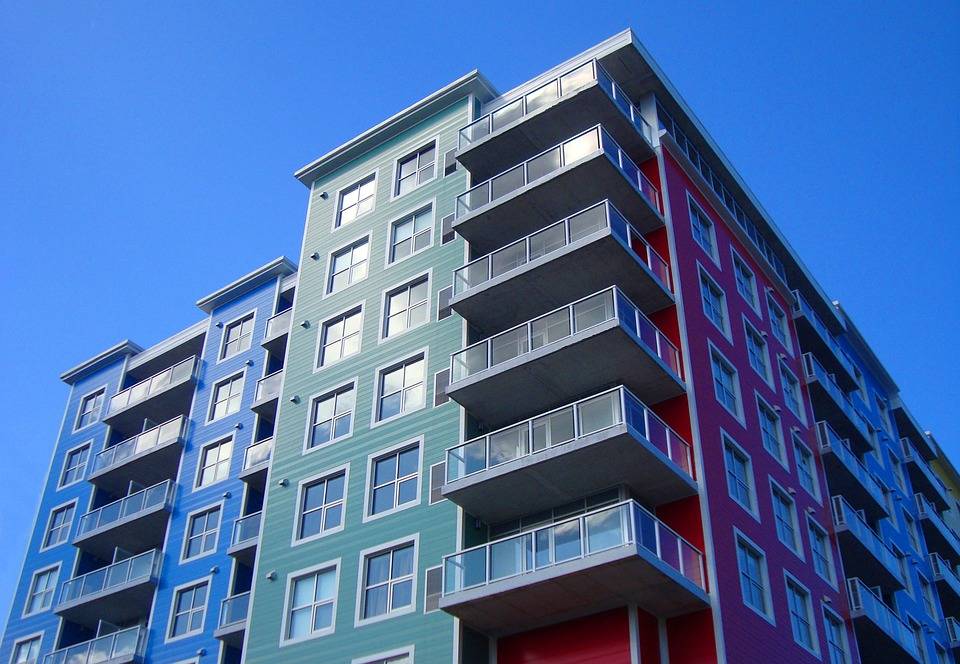
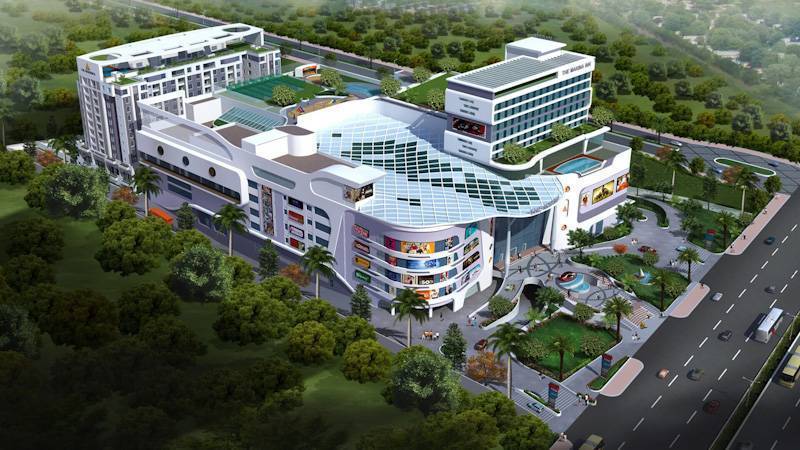
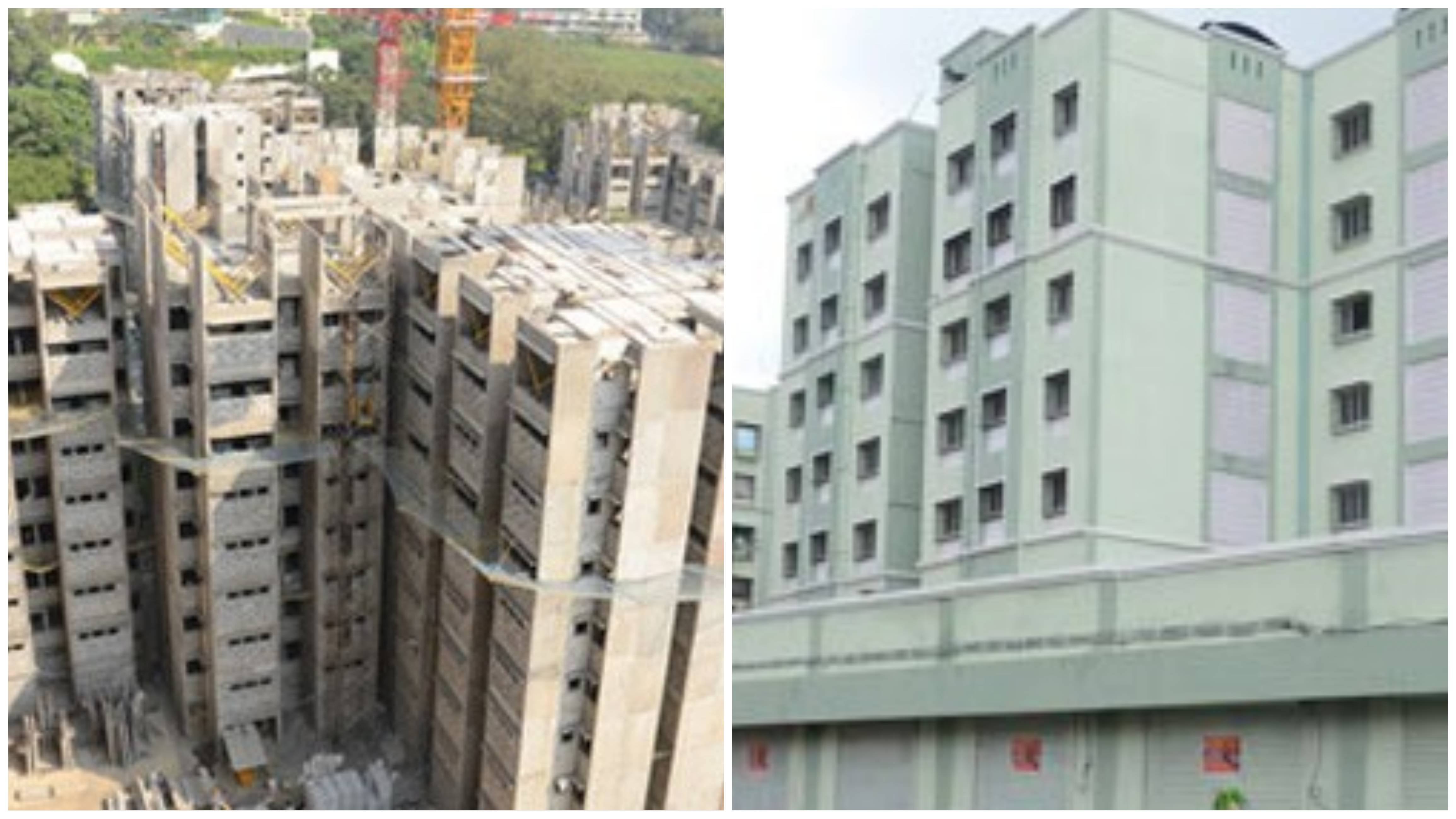
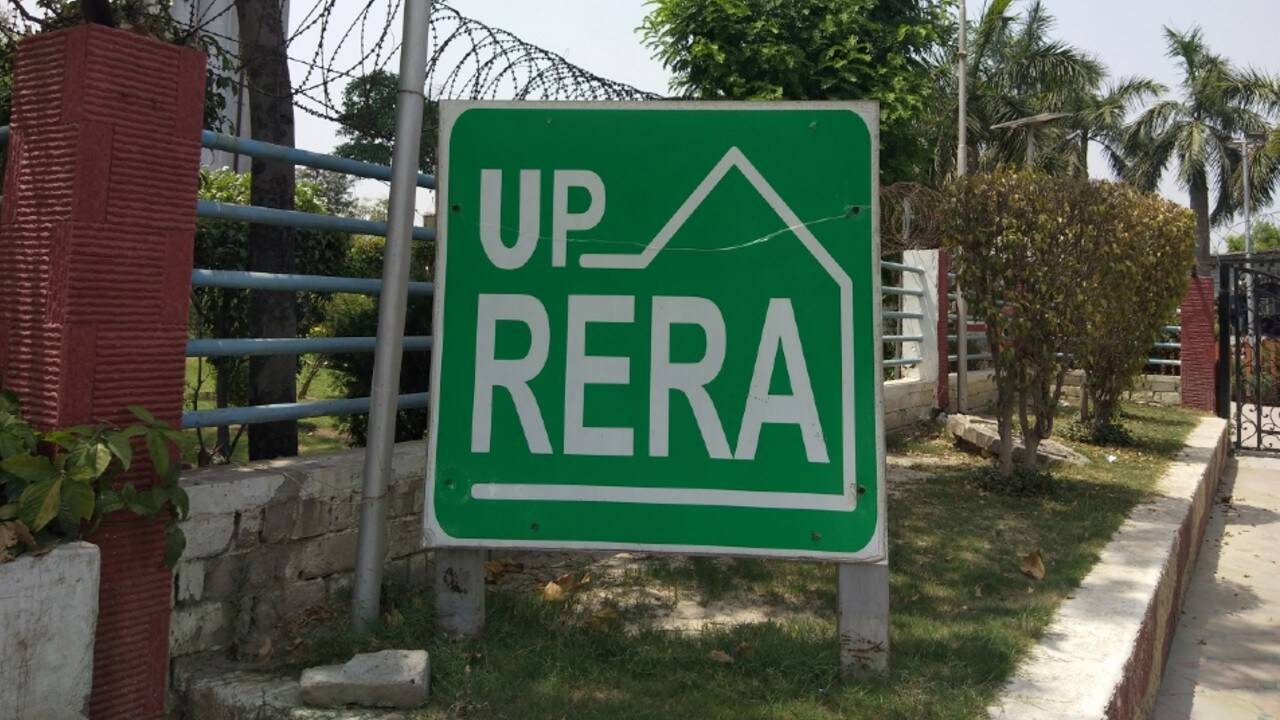
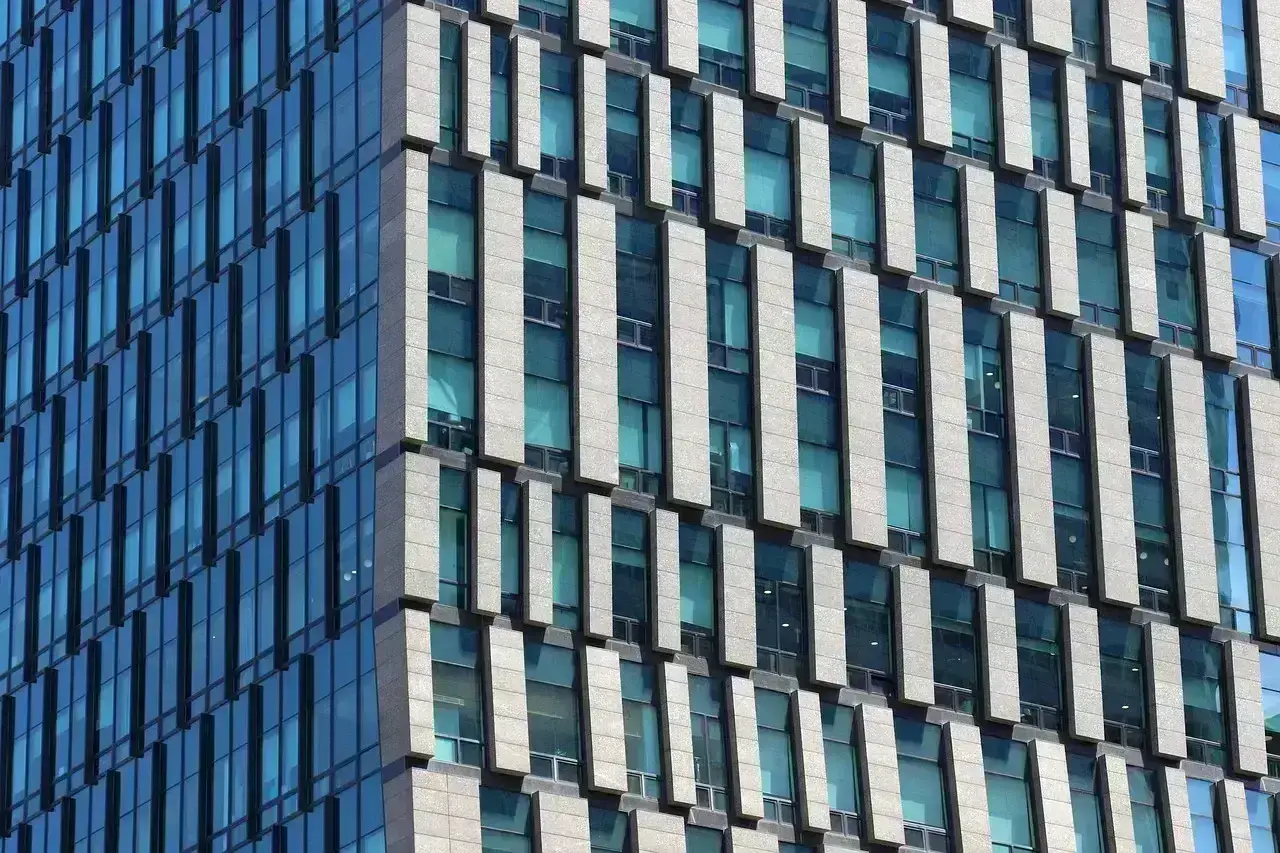

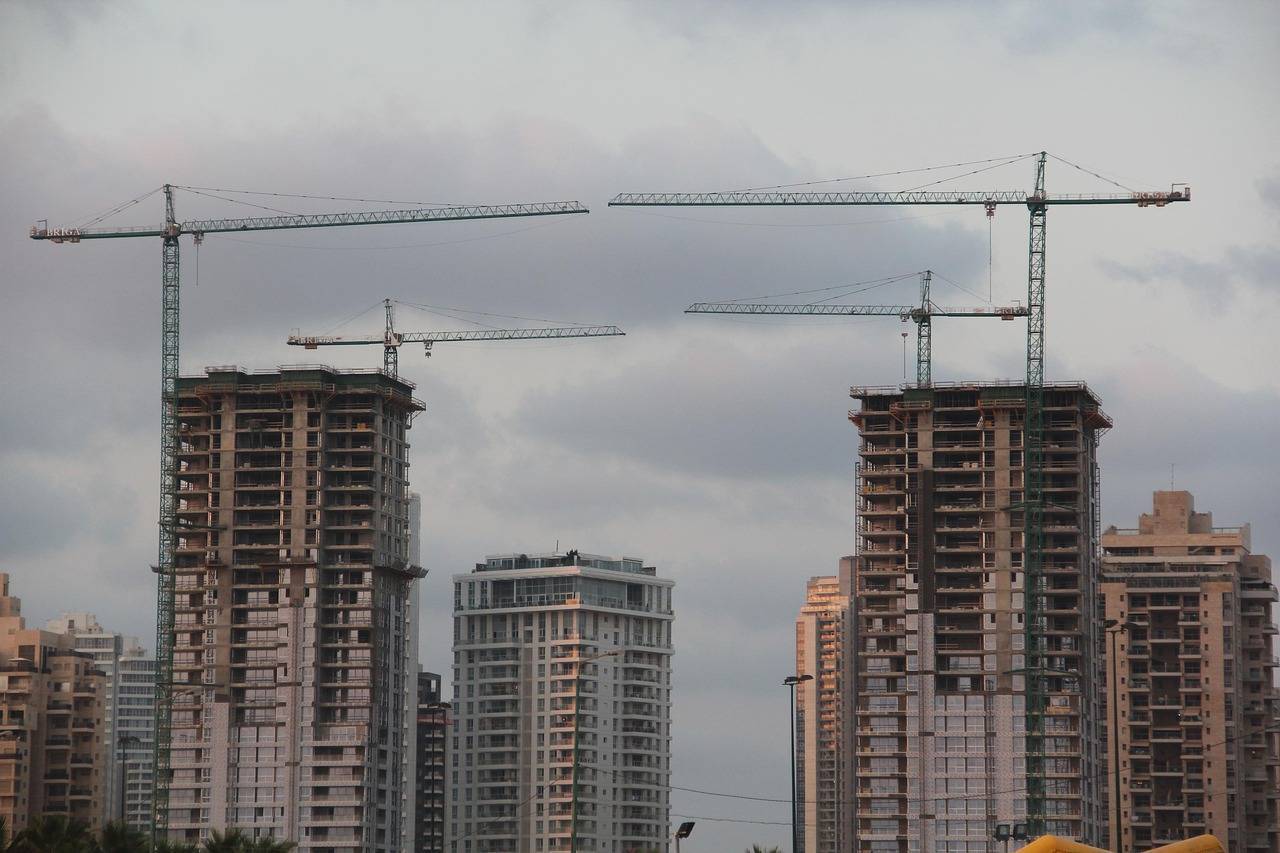

.png)